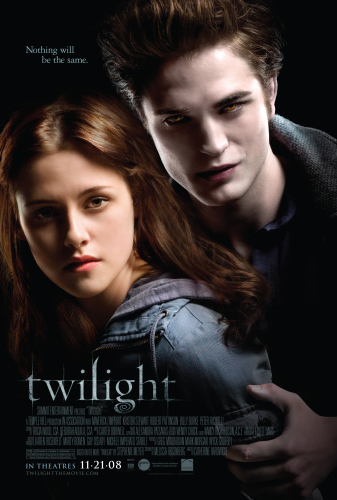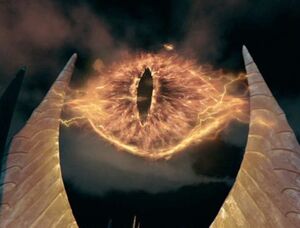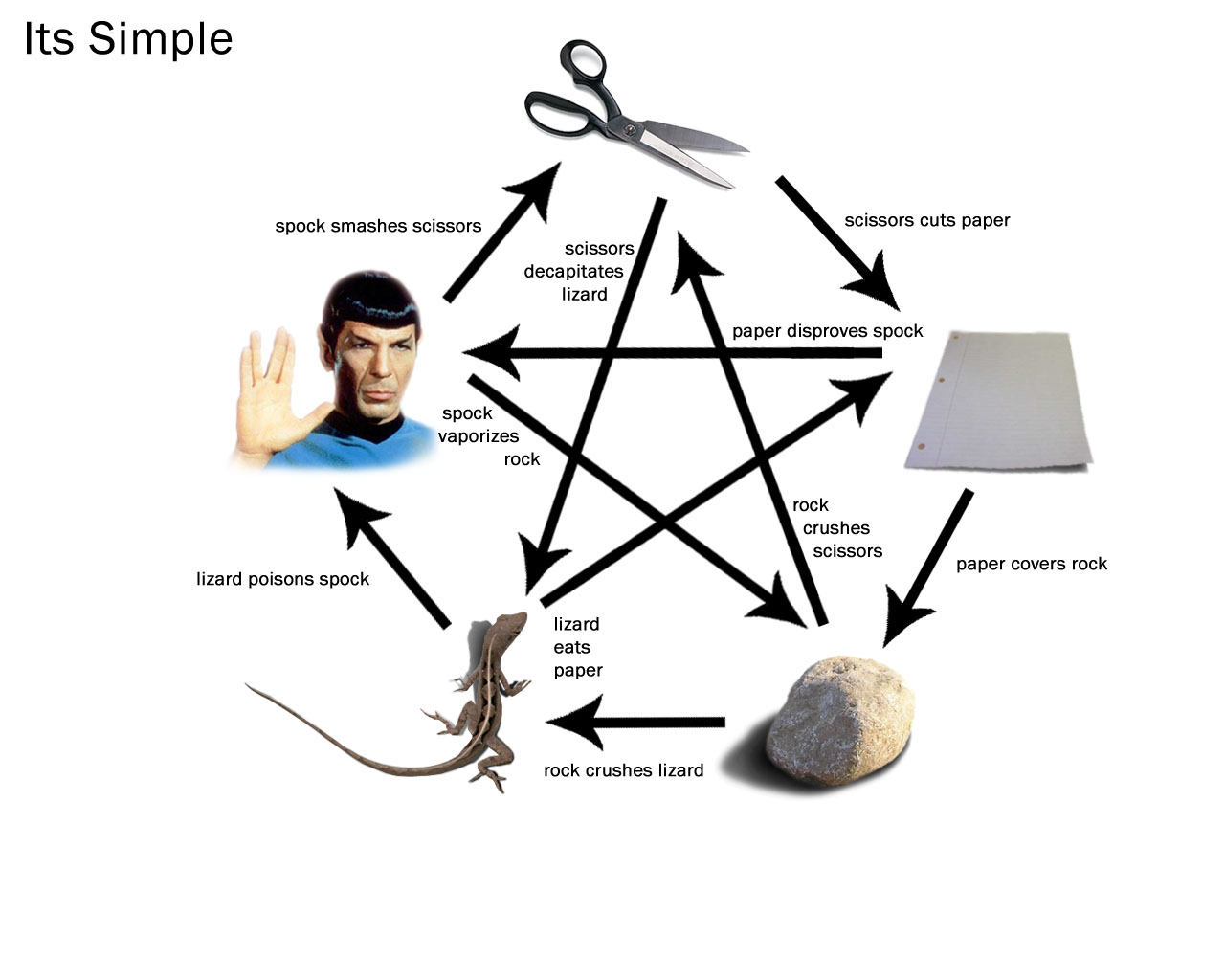What we gamers term "Fluff" tends to be the preserve of sci fi or fantasy games, but could equally be applied to historical games (the word"background"would probably be preferred by historic gamers.)
In this specific sense I am talking about "fluff" it is as the background and attached history/stories of a game setting. The "crunch" is the rules themselves. The "fluff" is the universe attached to the rules.
Fluff - How to present it
Sometimes, like in Malifaux, it was in large chunks interspersed through the entire book. A terrible idea, it made the rulebook difficult to navigate. Should it be in the front or the back of the book? It really depends. The most important thing is fluff is "tight" and not needlessly descriptive and rambling (more on that later.) Some people love fluff, but others don't love paying $40 for a rulebook which is 20% rules and 80% poorly written fiction. A method I prefer is a small "taster" of no more than a page or two at the front of the book to "orientate" me to the setting, with more fluff buried at the back where I can read it if I choose. Even better - put the majority of the fluff on the website. If it is that engaging, I'll go looking for more. Darkson Designs did a short, 3-4 page per episode series called "Over the Wire" for their Weird War 2 game, in which they regularly released army lists, scenarios and fluff. I thought that was a great idea. It was like White Dwarf without the advertising.(Actually, White Dwarf without the advertising WOULD be only 3-4 pages long.) Wyrd go a step further and have a large, rather well-produced free e-zine. If only they could have confined their "fluffy" efforts within their rules....
The weirder the setting, the more useful the fluff
The weirder and less conventional your game, the more useful "fluff" is to orientate your reader.
E,g, if you have nazi zombies, you need to explain how or why they are in your game. If you have a steampunk-Victorian-sci fi-horror-Western game like Malifaux, fluff is essential. Gamers will find it easier to "identify" with factions and armies, and it may give them creative ideas. Bear in mind many gamers are "obsessive compulsive" and will slavishly follow your fluff. Your "fluff" can set the tone of the game.
When Fluff takes over
I'd regard the Games Workshop games as major culprits in this area. Gamers are so bombarded with "proscribed" paint schemes, unit histories, they find it impossible to think "outside the box." When was the last time you saw a 40K army in traditional "army" camo? They tend to slavishly follow paint schemes put forth in the "fluff." Gamers kinda do it to themselves though. I think it is a kind of "gamer" OCD. How often do you see a miniatures paint scheme that is not a copy of the one shown in the rulebooks or on the box? Sometimes, too much fluff can stifle creativity. That said, the Warhammer series are a great example of successful fluff.
Successful Fluff
Like or hate Games Workshop, their rather cliche "fluff" - which borrows heavily from a wide range of sources - from Starship Troopers to Aliens to Terminator - has spawned a huge range of novels. When your fluff makes your target audience ignore how tedious and lame your rules are, you've done well. When your "fluff" has its own publishing house, you know you've made it to the top.
How much is too much?
The answer is "it depends." I review several dozen rulesets a year. The average rule length is ~30 pages. The average rulebook length is 80+ pages. Even allowing for army and equipment lists, I'd estimate about 1/3rd of any given rulebook is fluff. With "mass market" glossy rulesets by companies such as Games Workshop or Privateer Press, the proportion of fluff is much, much higher.
Fan Fiction
There is a vast different between a good rules writer and a good story writer. Sadly, the rules writers themselves do not seem to recognise this. Being able to write clever, innovative rules does not automatically make you the next George R.R. Martin. This may be harsh, but I can't recall reading one "story" in a rulebook that had even a shred of entertainment value or merit except in the writer's mind.
Most read like teenage fanfiction or a "Boy's Own" story. Which some people might like. Your mileage may vary. Writing is an art, and it is a sad fact that like all art, some people are much more talented at it than others. There is no good reason to inflict terrible fiction on the wider public, just because it is "fluff."
I'd estimate the vast majority of rulebooks are edited and checked by a small circle of friends or acquaintances, rather than by professional editors at a large publishing company. And this is pretty darn obvious.
Furthermore, keep the fluff "focussed." Fluff typically tends to ramble on, and have excessive or unecessary detail. This is typical of (a) less skillful fiction writers (I come across it a lot when marking literacy tasks at my primary school) and is magnified by (b) the writer's over-enthusiasm for the "world" he has created - which is not necessarily shared by everyone. We probably don't care if the space marine captain misses his girlfriend from Xaltos 9, or what colour hair she has. Or the exact texture and consistency of the chunky bits when he is blown apart by a vortex mine. (OK, maybe some teenagers would think this is awesome) When you become as famous like J.R.R. Tolkien, then we may choose to buy and read books which are specifically about the worlds you have invented. But you need to assume most people bought your books for your wargame rules, not your imaginary world or budding literacy efforts.
Remember to keep in mind your "target audience."Warhammer has done this superbly. Sometimes your audience will be as twisted as you - witness the success of the Kingdom Death kickstarter. Other times you will alienate your audience. "Yes, this is all commonsense," you say. But let me give you a real example. I'd suggest rape is seldom a popular topic for any work of fiction, and homosexual rape probably even less so. But I have read rules fluff that contains this, and then boasted as a selling point that it was an "adult" game. No, it was simply an overly-detailed skirmish ruleset, with some poorly written fluff about a very unpleasant topic.
You don't need fluff to play a game, and it certainly should not detract from the clarity of the rules themselves. But it shouldn't be the primary focus when designing a wargame. I'd be annoyed to find a ruleset wasn't balanced as well as it ought because the rules designer was writing fluff instead.
Fluff makes a difference in why battles are fought, and gives a "background" and context to battles. If you are simply fighting competitive/encounter battles, then "fluff" is very useful in this role. Games like Battletech are rather clunky, but solid fluff keeps them perambulatory. The Warhammer series skillfully uses fluff to disguise vapid game design.
Sometimes "fluff" changes how people play a army. This sort of "role playing" is fun and is a welcome respite from the win-at-all-costs approach (we all know someone who is like that!) Fluff can inspire you to get painting and modelling project finished and can provide "inspiration" when you need ideas.
I tend to view wargaming as a "story" - we can be refighting history or creating our own. Without fluff we might as well play chess. In fact, even historical games could be considered to have "fluff" - why do the Germans have Tigers in 1944 but not in 1939?
I use this "Dad" analogy when talking about summaries but it applies equally to fluff. Fluff should be like a bikini. It shows everything that's interesting and covers only what is necessary.
If you want to ramble on, get a blog. So....
4. Fluff should not be overly descriptive; not everyone is deeply fascinated by your imaginary world
5. Not everyone likes fluff, nor paying for you to publish your fiction under guise of a "rulebook"
6. Fluff should not be "prescriptive" i.e. Ultramarines must always be blue - as that discourages creativity
I don't want people to be discouraged from adding background to their games. Far from it! There are awesome websites and forums devoted to fluff, some wonderfully eccentric and inventive. The VSF and imagi-nations crowd are particularly strange awesome. There are some amazing sources of inspiration and creativity out on forums, blogs, yahoo groups and websites which you can choose to visit.
What I am opposed to is the propagation of excessive, "bad" fluff - which is done at a rulebook purchaser's expense.
In this specific sense I am talking about "fluff" it is as the background and attached history/stories of a game setting. The "crunch" is the rules themselves. The "fluff" is the universe attached to the rules.
Fluff - How to present it
Sometimes, like in Malifaux, it was in large chunks interspersed through the entire book. A terrible idea, it made the rulebook difficult to navigate. Should it be in the front or the back of the book? It really depends. The most important thing is fluff is "tight" and not needlessly descriptive and rambling (more on that later.) Some people love fluff, but others don't love paying $40 for a rulebook which is 20% rules and 80% poorly written fiction. A method I prefer is a small "taster" of no more than a page or two at the front of the book to "orientate" me to the setting, with more fluff buried at the back where I can read it if I choose. Even better - put the majority of the fluff on the website. If it is that engaging, I'll go looking for more. Darkson Designs did a short, 3-4 page per episode series called "Over the Wire" for their Weird War 2 game, in which they regularly released army lists, scenarios and fluff. I thought that was a great idea. It was like White Dwarf without the advertising.(Actually, White Dwarf without the advertising WOULD be only 3-4 pages long.) Wyrd go a step further and have a large, rather well-produced free e-zine. If only they could have confined their "fluffy" efforts within their rules....
The weirder the setting, the more useful the fluff
The weirder and less conventional your game, the more useful "fluff" is to orientate your reader.
E,g, if you have nazi zombies, you need to explain how or why they are in your game. If you have a steampunk-Victorian-sci fi-horror-Western game like Malifaux, fluff is essential. Gamers will find it easier to "identify" with factions and armies, and it may give them creative ideas. Bear in mind many gamers are "obsessive compulsive" and will slavishly follow your fluff. Your "fluff" can set the tone of the game.
Fluff is handy to "orientate" a gamer to a new or unusual background
When Fluff takes over
I'd regard the Games Workshop games as major culprits in this area. Gamers are so bombarded with "proscribed" paint schemes, unit histories, they find it impossible to think "outside the box." When was the last time you saw a 40K army in traditional "army" camo? They tend to slavishly follow paint schemes put forth in the "fluff." Gamers kinda do it to themselves though. I think it is a kind of "gamer" OCD. How often do you see a miniatures paint scheme that is not a copy of the one shown in the rulebooks or on the box? Sometimes, too much fluff can stifle creativity. That said, the Warhammer series are a great example of successful fluff.
Successful Fluff
Like or hate Games Workshop, their rather cliche "fluff" - which borrows heavily from a wide range of sources - from Starship Troopers to Aliens to Terminator - has spawned a huge range of novels. When your fluff makes your target audience ignore how tedious and lame your rules are, you've done well. When your "fluff" has its own publishing house, you know you've made it to the top.
How much is too much?
The answer is "it depends." I review several dozen rulesets a year. The average rule length is ~30 pages. The average rulebook length is 80+ pages. Even allowing for army and equipment lists, I'd estimate about 1/3rd of any given rulebook is fluff. With "mass market" glossy rulesets by companies such as Games Workshop or Privateer Press, the proportion of fluff is much, much higher.
Fan Fiction
There is a vast different between a good rules writer and a good story writer. Sadly, the rules writers themselves do not seem to recognise this. Being able to write clever, innovative rules does not automatically make you the next George R.R. Martin. This may be harsh, but I can't recall reading one "story" in a rulebook that had even a shred of entertainment value or merit except in the writer's mind.
Most read like teenage fanfiction or a "Boy's Own" story. Which some people might like. Your mileage may vary. Writing is an art, and it is a sad fact that like all art, some people are much more talented at it than others. There is no good reason to inflict terrible fiction on the wider public, just because it is "fluff."
I'd estimate the vast majority of rulebooks are edited and checked by a small circle of friends or acquaintances, rather than by professional editors at a large publishing company. And this is pretty darn obvious.
The level of fluff writing in most rules is about the same as the average Twilight fan-fiction
Here's my advice to budding "fluff" writers:
Your wife/mum/dad/kids/playtesters/friends/gaming buddies can proofread your layout and spelling, but they are biased. They do not count as "literacy" critics. It is the rules buyers (who don't know you, nor care about nurturing your budding "literacy" career) who judge you. They do not enjoy being your "guinea pigs" as you hone your writing craft. Just because they buy (or continue to buy) your rulebooks does not indicate their endorsement or approval of your "fluff." In fact they may be buying your rules in spite of your fluff. In the case of Malifaux, the overuse and poor layout of fluff strongly detracts from the useability of the rules themselves. Furthermore, keep the fluff "focussed." Fluff typically tends to ramble on, and have excessive or unecessary detail. This is typical of (a) less skillful fiction writers (I come across it a lot when marking literacy tasks at my primary school) and is magnified by (b) the writer's over-enthusiasm for the "world" he has created - which is not necessarily shared by everyone. We probably don't care if the space marine captain misses his girlfriend from Xaltos 9, or what colour hair she has. Or the exact texture and consistency of the chunky bits when he is blown apart by a vortex mine. (OK, maybe some teenagers would think this is awesome) When you become as famous like J.R.R. Tolkien, then we may choose to buy and read books which are specifically about the worlds you have invented. But you need to assume most people bought your books for your wargame rules, not your imaginary world or budding literacy efforts.
Remember to keep in mind your "target audience."Warhammer has done this superbly. Sometimes your audience will be as twisted as you - witness the success of the Kingdom Death kickstarter. Other times you will alienate your audience. "Yes, this is all commonsense," you say. But let me give you a real example. I'd suggest rape is seldom a popular topic for any work of fiction, and homosexual rape probably even less so. But I have read rules fluff that contains this, and then boasted as a selling point that it was an "adult" game. No, it was simply an overly-detailed skirmish ruleset, with some poorly written fluff about a very unpleasant topic.
Sometimes the most twisted fluff will find an appreciative audience, aka Kingdom Death. However, most people will find it a turn-off.
So should we ditch fluff?
No. Fluff is important.You don't need fluff to play a game, and it certainly should not detract from the clarity of the rules themselves. But it shouldn't be the primary focus when designing a wargame. I'd be annoyed to find a ruleset wasn't balanced as well as it ought because the rules designer was writing fluff instead.
Fluff makes a difference in why battles are fought, and gives a "background" and context to battles. If you are simply fighting competitive/encounter battles, then "fluff" is very useful in this role. Games like Battletech are rather clunky, but solid fluff keeps them perambulatory. The Warhammer series skillfully uses fluff to disguise vapid game design.
Sometimes "fluff" changes how people play a army. This sort of "role playing" is fun and is a welcome respite from the win-at-all-costs approach (we all know someone who is like that!) Fluff can inspire you to get painting and modelling project finished and can provide "inspiration" when you need ideas.
I tend to view wargaming as a "story" - we can be refighting history or creating our own. Without fluff we might as well play chess. In fact, even historical games could be considered to have "fluff" - why do the Germans have Tigers in 1944 but not in 1939?
I use this "Dad" analogy when talking about summaries but it applies equally to fluff. Fluff should be like a bikini. It shows everything that's interesting and covers only what is necessary.
If you want to ramble on, get a blog. So....
Fluff IS good. BUT
1. Fluff should not interfere with the rules themselves. Fluff should not be the majority of the book.
2. Not everyone writes great fiction. And no, you are likely not an unrecognised literacy genius
3. Fluff should not be edited by your mum, dad, wife or hot cousin. They are not good literacy critics.4. Fluff should not be overly descriptive; not everyone is deeply fascinated by your imaginary world
5. Not everyone likes fluff, nor paying for you to publish your fiction under guise of a "rulebook"
6. Fluff should not be "prescriptive" i.e. Ultramarines must always be blue - as that discourages creativity
I don't want people to be discouraged from adding background to their games. Far from it! There are awesome websites and forums devoted to fluff, some wonderfully eccentric and inventive. The VSF and imagi-nations crowd are particularly
What I am opposed to is the propagation of excessive, "bad" fluff - which is done at a rulebook purchaser's expense.





















